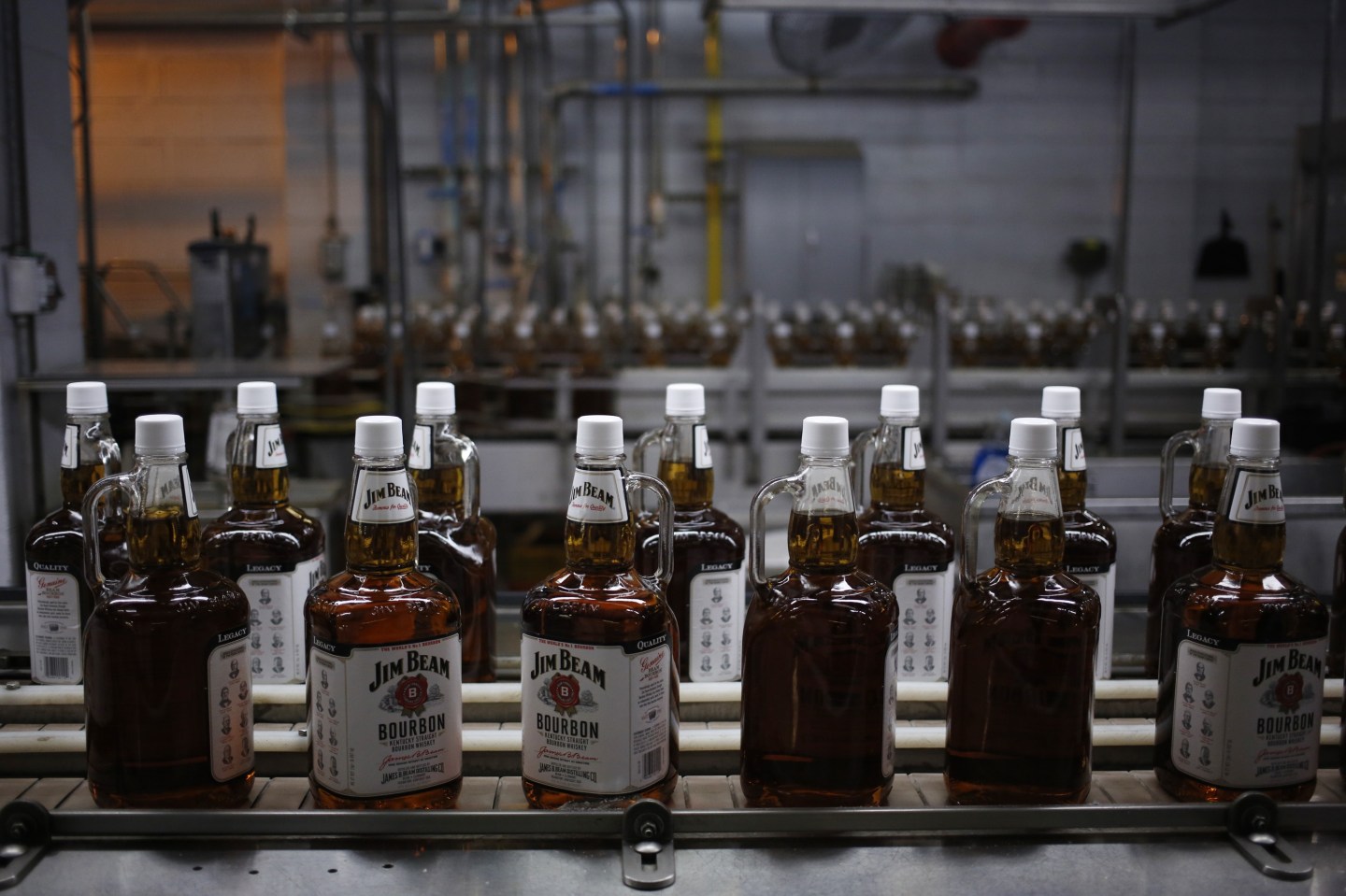- Washington is bracing for its first government shutdown since 2018, a standoff that could disrupt economic data releases and potentially complicate the Fed’s policy decisions. Wall Street is uneasy, with UBS’s Paul Donovan warning the lack of official data could let rumor and unreliable surveys sway markets, while companies quietly push through price hikes. Still, UBS and Macquarie analysts argue the macroeconomic impact is usually small and temporary—unless the shutdown drags on or Trump follows through on threats to permanently cut furloughed workers.
Washington seems fairly resigned to the fact a government shutdown will begin at midnight, the first to occur since 2018. Of course, this could be feigned acceptance to call the bluff of political opposition—or it could be a true reflection of the stalemate within Congress. Whatever the reason, Wall Street is caught in the middle.
Casualties of the potential shutdown (caused by a standoff over how to fund government) are already significant: This Friday’s payroll data won’t be released, the Bureau of Labor Statistics has confirmed, if it goes ahead. This means analysts will be trading without a relatively key piece of contemporaneous data that markets have been watching closely.
The further fallout from a potential pause to data releases is the Fed’s decision-making process. While shutdowns have been known to last only a matter of days, there is the chance it could rumble on for weeks. While it is unlikely the shutdown could last near a month, it does mean the Fed’s meeting at the end of October could be skewed by either a lack of data or economists frantically playing catch-up with reporting.
Trump isn’t afraid of a government shutdown—they’ve occurred under his administration before—and Vice President JD Vance said yesterday he believed the White House was headed for a stalemate despite efforts for negotiations.
The will-they-won’t-they of the highest office in America is precisely the environment Wall Street doesn’t like: uncertainty.
“The United States is still heading for another government shutdown this evening; it may or may not happen as this political theater is a well-worn routine and very often a solution is created at the last possible moment,” chimed UBS’s Paul Donovan. “This all lowers the productivity of economists … as pointless hours are spent analyzing the effects. The [BLS] has said that they will not publish any economic data in the event of a shutdown—of course the BLS economic data is subject to quality criticism, but the problem is that the alternatives like sentiment surveys are even worse, and that’s all that markets will be left to work with in the absence of official numbers.”
While the time taken to focus on this “pseudo-drama” will “unfortunately allow rumor and unreliable survey evidence to gain influence over markets,” Donovan noted, it does present an opportunity for private businesses. Companies can sneak through price increases—for profit as opposed to being tariff-driven—because they know it will go “undetected” for some time, added Donovan. Of course, those increases will ultimately be identified when inflation reporting resumes, but by then consumers will have already felt the sting and adjusted their inflation perceptions accordingly.
Macro effects
Potentially braced for volatility, UBS is reminding its clients to see through shutdown fears and “focus on other market drivers, such as the mix of continued Fed rate cuts, strong corporate earnings, and robust AI capex [capital expenditure] and monetization.”
The bank’s chief investment officer, Mark Haefele, wrote in a note this morning that temporary delays to data shouldn’t delay cuts to the base rate—which the market has priced in—and any shutdown effects on the macro side are “typically minimal and quickly reversed.”
For more significant—but still relatively minimal—effects to be felt, the shutdown would have to be “lengthy,” added Thierry Wizman, global FX and rates strategist at Macquarie Group, in a note Friday: “The last government shutdown … was also the lengthiest one to date. Afterward, a Congressional Budget Office (CBO) investigation concluded that the economic impact was small, but not trivial. As a share of quarterly real GDP, the level of real GDP in Q4 2018 was reduced by 0.1% (unannualized), and the level of real GDP in the first quarter of 2019 was estimated to be reduced by 0.2%.
“However, in subsequent quarters, GDP would be temporarily higher than it would have been in the absence of a shutdown, as activity ratchets back. As such, only a very small (0.02%) of GDP is permanently ‘lost.’”
But the latest shutdown also comes with the threat that President Trump would permanently let go some of the furloughed workers, with Wizman noting: “If that were to happen, it could deepen whatever adverse impact on GDP would normally take place. It would also raise new hackles about ‘governability’ in the U.S.”













